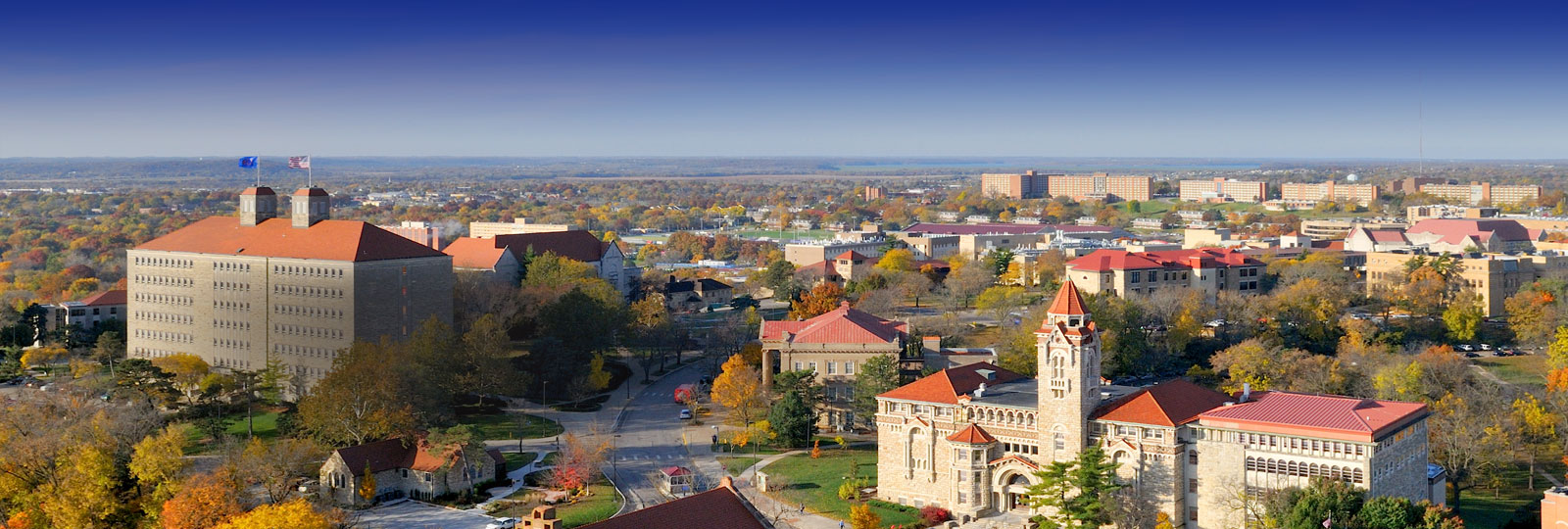A Graduate Student’s Take on the University of Kansas’s Town Hall Meeting on Diversity
Editor’s note: Last week, Maryemma Graham wrote a piece, “The Huck Finn Syndrome,” addressing the racial injustices across college campuses. The week prior, KU held a town hall meeting to talk through the racial problems that have persisted at the University of Kansas. KU’s very own Dion Simmons was not only in attendance, but spoke out against and questioned these racial problems in front of the thousands of students, faculty, administrators, and concerned citizens in attendance. Dion Simmons and Charlesia McKinney have both agreed to provide us with their takes on the town hall meeting. McKinney also spoke out at the meeting and expressed concern not only as a student but a teacher. This two-part series will start with Dion Simmons’s take on the town hall meeting; next week, Charlesia McKinney will speak about racial dynamics at KU.

If the town hall meeting held at KU on November 11th were to be summed up into one word, I would choose the word “Enlightening.” The tension of not knowing what to expect loomed over the Kansas Union as hundreds of people funneled in, mostly silent and pensive. Greetings were even different. When asked how they were, many people responded with “we will see,” or something similar to that response. People entered carrying pain, frustration, anger, and outrage, and, for once, displayed these emotions outwardly and unapologetically. Students, undergraduate and graduate alike, along with faculty, staff, administration, members of the community, as well as members of the state government filled the auditorium, both seated, in standing room, and in the overflow room across the hall.
The University of Kansas chancellor, Bernadette Gray-Little, stood at the front and opened the meeting by saying that she would offer a brief statement and then would open the floor for questions and comments. Her brief statement included a concise summation of KU’s current multicultural, inclusion, and diversification efforts followed by the admission that “it is not enough.” She then asked that the audience offer as many solutions as possible. From the very first comments, the rhetoric and purpose of the conversation on “diversity” (as opposed to “anti-black racism”) was repeatedly challenged. Students then began to open and bare the pains they have felt at the hand of KU’s students, faculty, and administration. Tears were shed, voices were shaky, and the emotions carried into the room began to flow freely through the auditorium. Faculty laid bare their frustrations with their colleagues and their lack of commitment to the social environment created and the cultural knowledge given to KU’s students. The motives of the audience were even called into question by a few commenters who phrased themselves as justifiably “ANGRY!”
As to be expected with any event such as this, the chancellor gave the best consoling and politically correct/acceptable answers she could while making sure to defend the efforts of KU that are already in place. She was also careful to avoid speaking for what the University could/would do, as well as avoiding making her specific desires known. Bernadette Gray-Little stood as a figurehead toward which all anger and frustration could be channeled until the #RockChalkInvisibleHawk took the stage and seized the meeting.
As the chancellor attempted to dismiss the meeting, the group #RockChalkInvisibleHawk [which, from my best understanding, is made up of members of the Black Student Union (BSU), members of Black Greek Organizations, and members of the Office of Multicultural Affairs (OMA)] took the stage and, in an act reminiscent of the bravery of The Freedom Riders, The Black Panther Party, and The March on Washington, spoke not only their feelings about the proceedings of the meeting and the motives of the chancellor, but also demanded that the school make changes now. The president of the BSU passionately and emotionally shared her personal experience of being verbally and physically attacked and threatened on Halloween 2015 in order to expose “the true motivation for the meeting.” #RockChalkInvisibleHawk then moved to firmly and undoubtedly announce their 15 demands of KU with deadlines for each. Evoking the spirits of leaders such as Stokely Carmichael, Malcolm X, and Marcus Garvey, they claimed that they had said all they had come to say and would take no further questions or comments.
After this, the chancellor stayed and listened to the rest of the audience’s statements, frustrations,
personal experiences, questions, and resolutions (one of which was declarations of withdrawal from the university solely based on the racial environment of the campus and surrounding areas). I believe, based on comments, tweets, and conversations heard, read, and discussed during and after the meeting, that this meeting has already achieved the goal of enlightening the campus to the hardships and frustrations of its marginalized students. I also believe that #RockChalkInvisibleHawk should not, will not, and cannot be silenced. This meeting has made it clear that the time for action and change occurred long ago and now KU students, faculty, staff, administration, and alumni have been charged with duty to catch up.